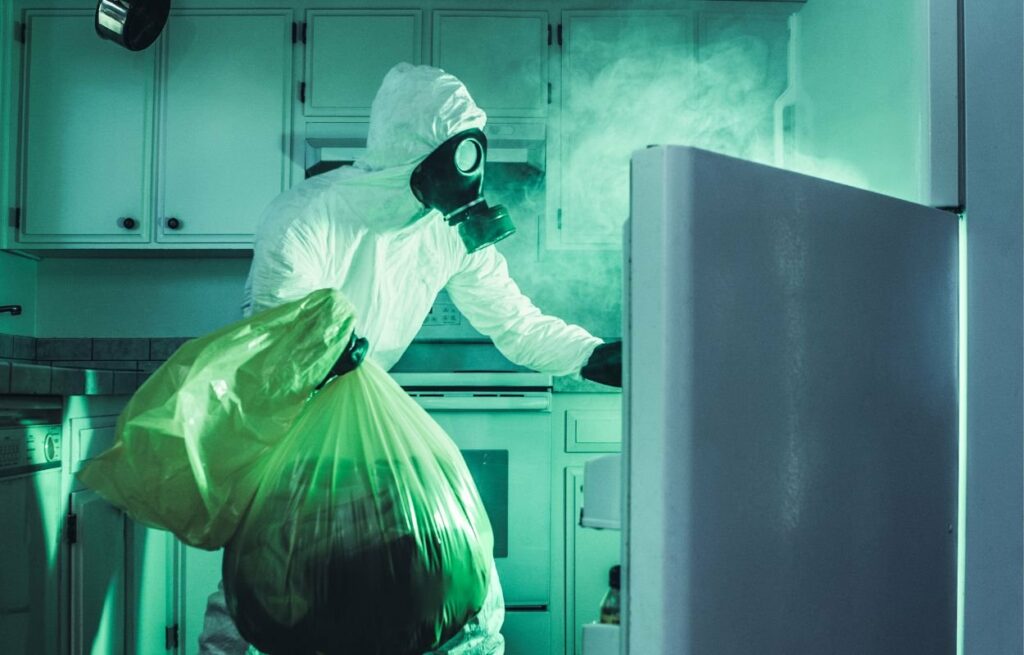
In the heart of the picturesque Okanagan Valley, where vineyards stretch across rolling hills and pristine lakes reflect the surrounding beauty, there is a growing need for advanced Hazmat cleaning technology. Hazardous materials, or Hazmat, pose significant risks to both the environment and human health. This blog post explores the crucial role of Hazmat cleaning in the Okanagan and how cutting-edge technology is changing the game.
UNDERSTANDING HAZMAT CLEANING
Hazmat cleaning involves the safe removal and disposal of hazardous materials, ensuring the protection of the environment and public health. In the Okanagan, a region known for its stunning landscapes, addressing Hazmat incidents promptly is of utmost importance. Whether it’s chemical spills, biohazard cleanup, or industrial waste management, effective Hazmat cleaning technology plays a vital role in safeguarding the Okanagan’s natural splendor.
CHALLENGES IN HAZMAT CLEANING IN THE OKANAGAN
The Okanagan’s unique ecosystem presents challenges for Hazmat cleaning. The diverse terrain, including forests, lakes, and urban areas, requires adaptable solutions. Hazmat incidents can occur anywhere, from agricultural lands to industrial zones. The need for specialized technology that can navigate and address these diverse environments is paramount for effective Hazmat cleaning in the Okanagan.
EMERGING TECHNOLOGIES IN HAZMAT CLEANING
In recent years, technological advancements have revolutionized Hazmat cleaning processes. Drones equipped with specialized sensors are now employed for aerial surveillance, enabling quick identification of Hazmat incidents in remote or hard-to-reach areas. Robotics play a crucial role in on-the-ground cleanup, reducing human exposure to hazardous substances. These technological innovations not only enhance efficiency but also minimize the environmental impact of Hazmat cleaning in the Okanagan.
REMOTE SENSING AND HAZMAT DETECTION
One of the key challenges in Hazmat incidents is timely detection. Remote sensing technologies, such as satellite imagery and infrared sensors, are now integrated into Hazmat cleaning processes. These tools enable early identification of potential hazards, allowing for a faster and more targeted response. In a region like the Okanagan, where rapid intervention is essential to preserve the pristine environment, remote sensing technologies are proving to be invaluable.
BIOREMEDIATION: A SUSTAINABLE APPROACH
Traditional Hazmat cleaning methods often involve the use of harsh chemicals, leaving behind a trail of environmental damage. However, the Okanagan is embracing more sustainable approaches, such as bioremediation. This eco-friendly method employs microorganisms to break down and neutralize hazardous substances, promoting a more natural and sustainable recovery from Hazmat incidents.
As the Okanagan continues to balance environmental conservation with economic growth, the role of Hazmat cleaning technology becomes increasingly vital. The integration of cutting-edge solutions, from drone surveillance to bioremediation, ensures a more efficient and environmentally friendly approach to Hazmat incidents. By staying at the forefront of Hazmat cleaning technology, the Okanagan not only safeguards its natural treasures but also sets a precedent for responsible and sustainable environmental management. In the face of Hazmat challenges, the Okanagan is not just cleaning up; it’s paving the way for a cleaner, safer future.



